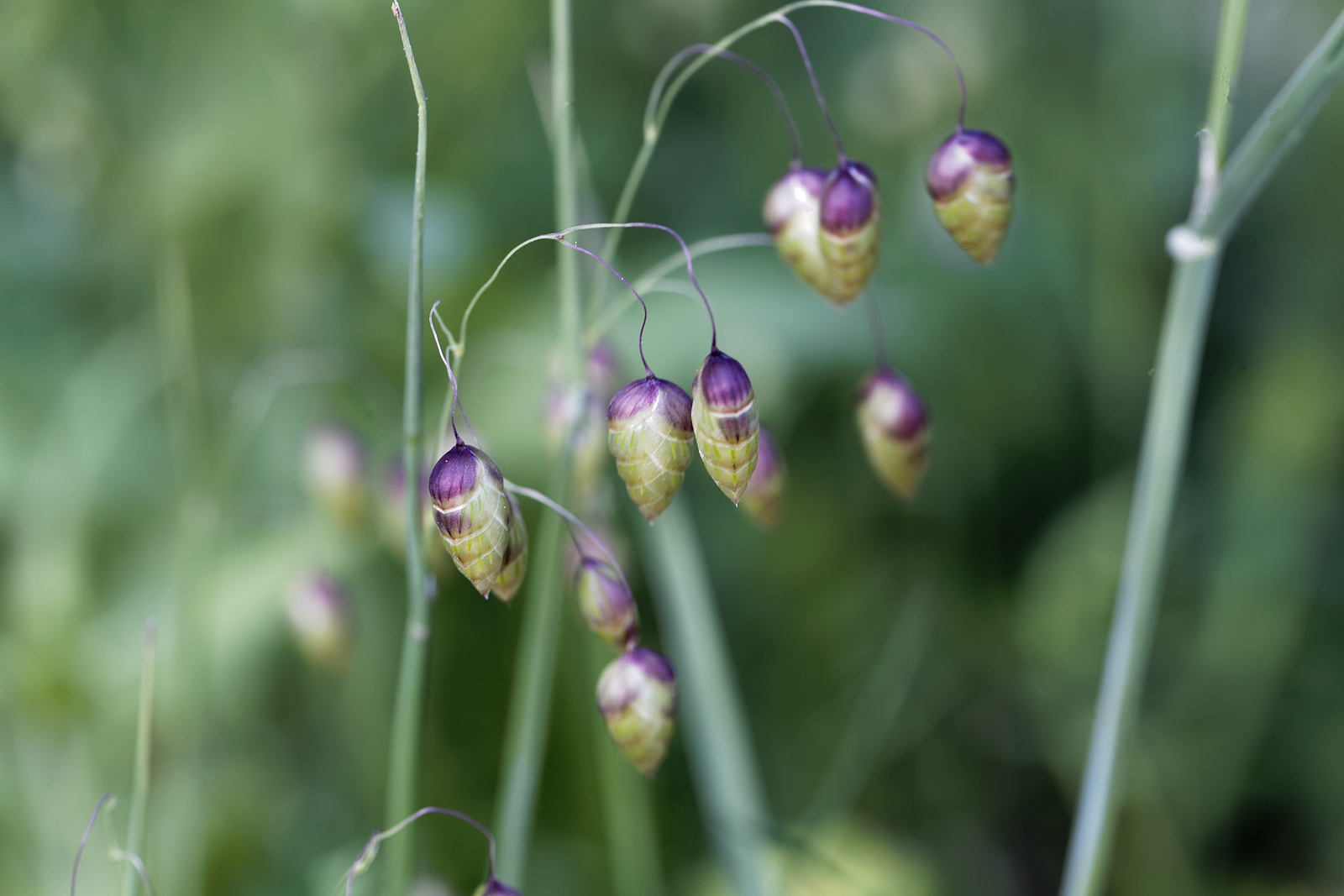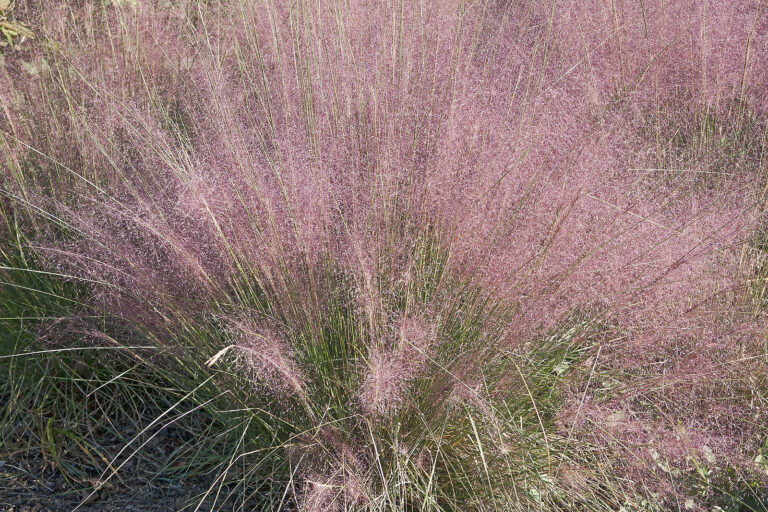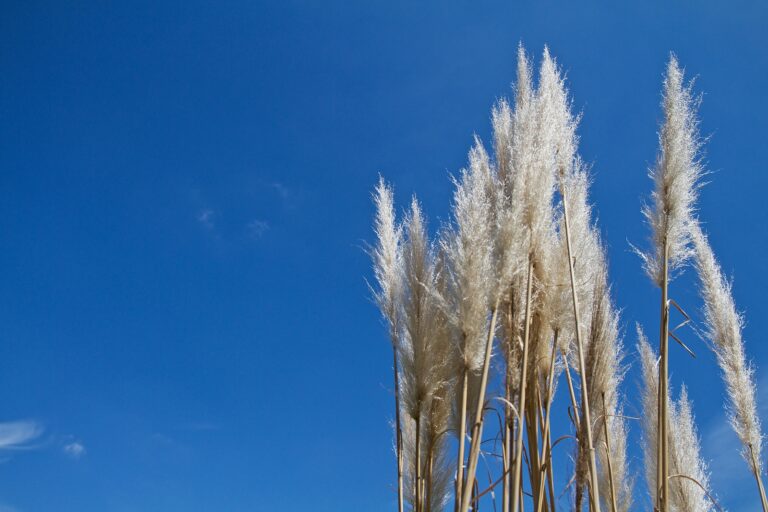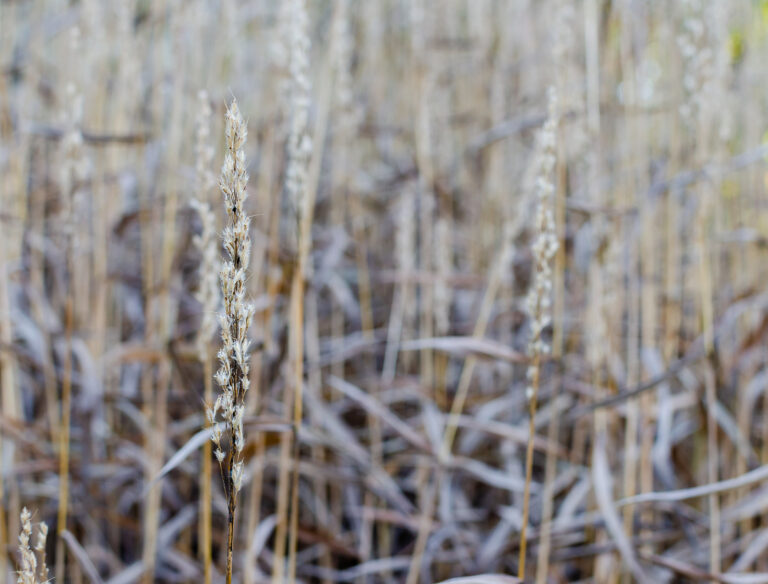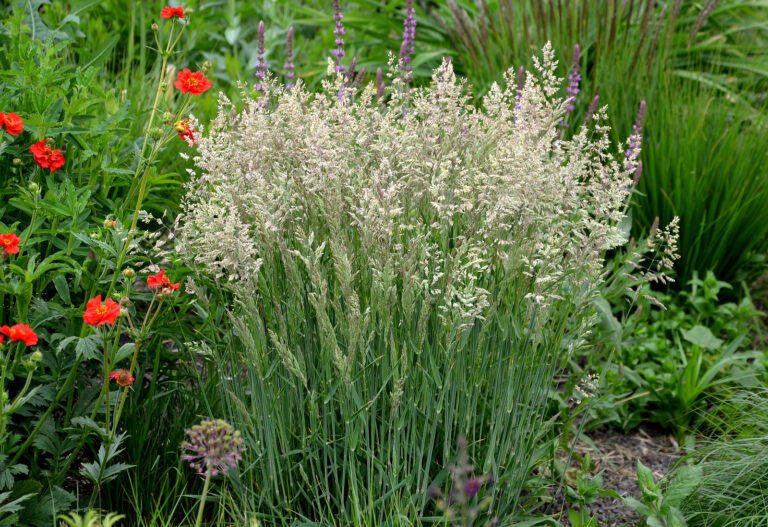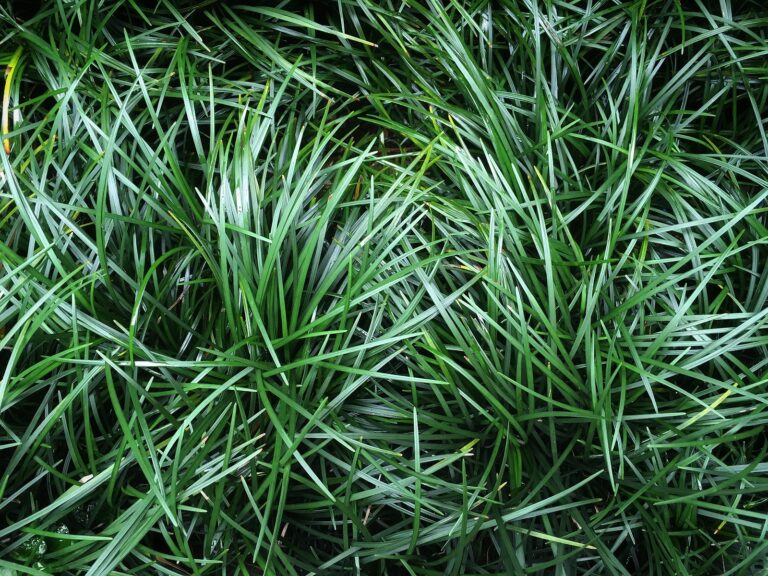How to Grow Quaking Grass – Briza
Briza–commonly called quaking grass or rattlesnake grass–is a delicate, graceful ornamental grass with linear leaves and loose racemes or panicles of flower spikelets that hang from very fine stalks and as a result quake and flutter in the slightest breeze. The spikelets resemble rattlesnake rattles.
Use quaking grasses in mixed plantings, or grow them in rows in the cutting garden to produce stems for drying. Briza grows best in full sun to light shade and average to rich soil that is well-drained.
Briza is a genus of more than 12 ornamental grasses, both annuals and perennials. Briza is native to open scrub and grassland in temperate Europe and Southwest Asia.
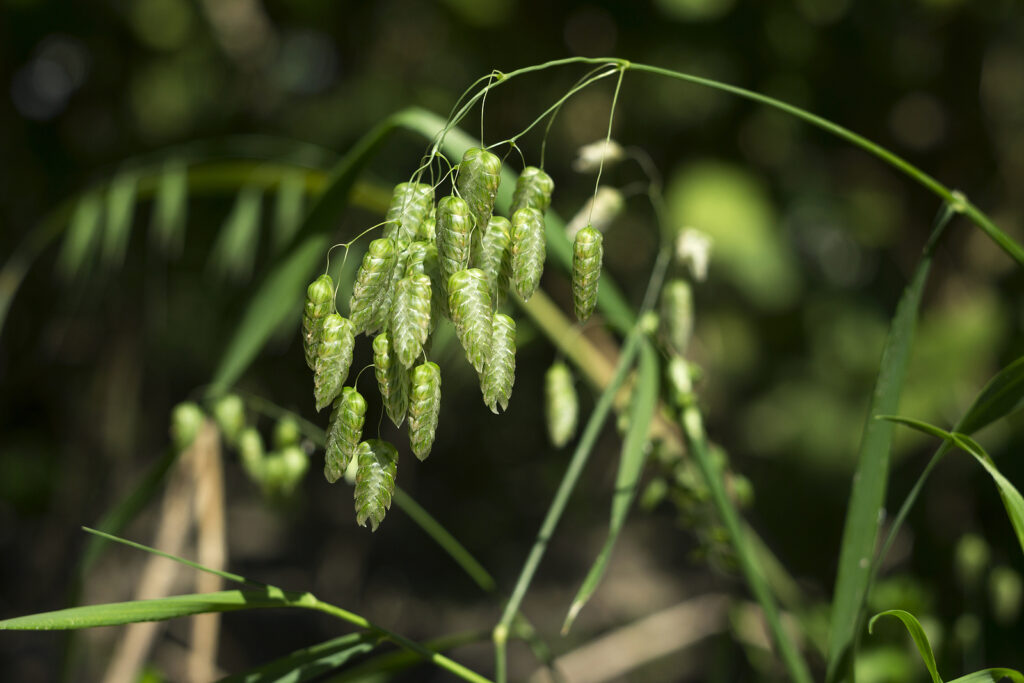
Get to know Briza
- Plant type: Annual and perennial grass
- Growing zones and range: Zones 4 to 11
- Hardiness: Hardy to Zone 4
- Height and width: 18 to 24 inches (45-60m) tall and 10 inches (25m) wide
- Foliage: Linear leaves
- Flowers: Loose or dense raemes or panicles of pendent 4 to 20-flowered spikelets
- Bloom time: Mid-summer to early autumn
- Uses: Plant Briza in a mixed border or rock garden; flowerheads are a good cut flower.
- Common name: Quaking grass, rattlesnake grass
- Botanical name: Briza
- Family name: Poaceae
- Origin: Temperate regions of Europe and Southwest Asia
Where to plant Briza
- Plant Briza in full sun or partial shade.
- Plant Briza in well-drained garden soil; Briza will grow in any well-drained soil.
When to plant Briza
- Set container-grown Briza in the garden in spring.
- Sow seeds outdoors in fall or in spring after the last spring frost date.
- Sow indoors in individual pots 6 to 8 weeks before the last frost and transplant with care.
Planting and spacing Briza
- Space container-grown Briza 10 inches (25cm) apart.
- Scatter Briza seed where plants are to grow; thin seedlings to 12 inches apart.
How to water and feed Briza
- Water Briza regularly; keep the soil just moist but not wet.
- Fertilize Briza with an all-purpose, slow-release organic fertilizer in late spring.
Briza care
- Tufts can be cut back in spring to renew growth.
- To dry cut stems for display, cut stems when they are either green or have dried to brown then hang them in a warm, dark place to dry.
- Display Briza staning in a vase.
Briza pests and diseases
- Briza is not comonly bothered by pests or diseases.
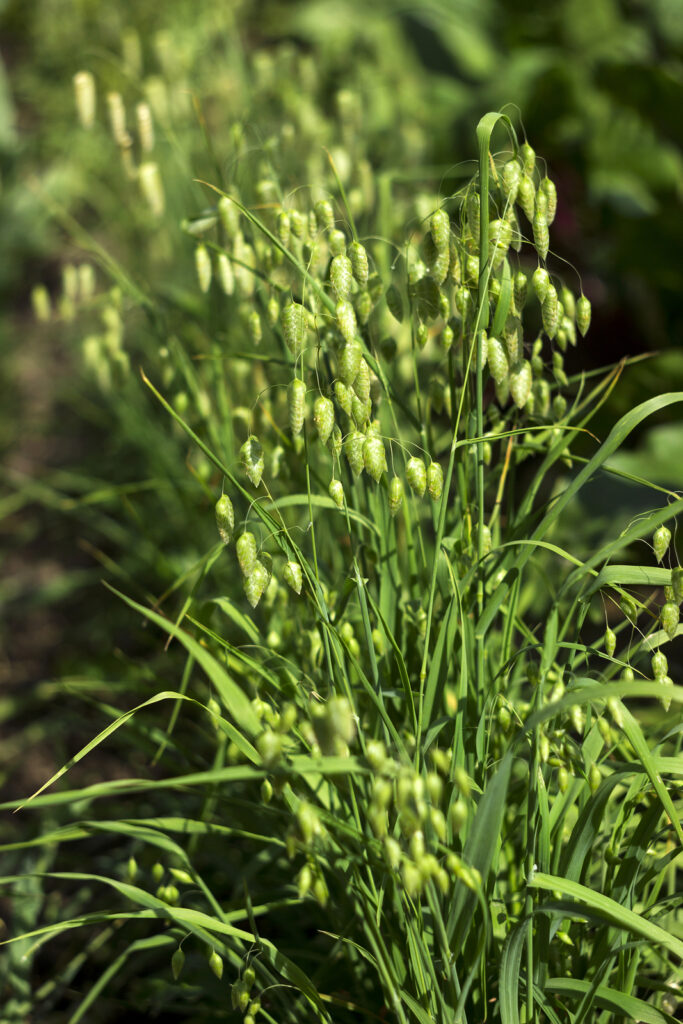
Briza propagation
- Sow Briza seed in the garden in spring or autumn.
- Divide perennila Briza from midspring to midsummer.
Briza varieties to grow
- Briza maxima. Big quaking grass. Annual grows 18 to 24 inches tall with loosely branched panicles of nodding, ovate, 1-inch-long spikelets. Flowers are heart-shaped, ½ -inch-long spikelets that appear from late spring to late summer and turn from green to red-brown- or purple-flushed, ripen-ing to straw-colored.
- B. media. Common quaking grass. Perennial grows 24 to 36 inches tall; forms dense tufts of linear, finely bristle-margined, blue-green leaves; nodding, heart-shaped spikelets of purple-tinted green latere turn straw-colored.
- B. minor. Little quaking grass. Annual grows from 6 to 18 inches tall with ovate, nodding, ¼ -inch-long spikelets in loose panicles. Flowers are small ½ -inch spikelets that appear from early summer to fall and ripen from green, often purple-tinged, to pale tan.

